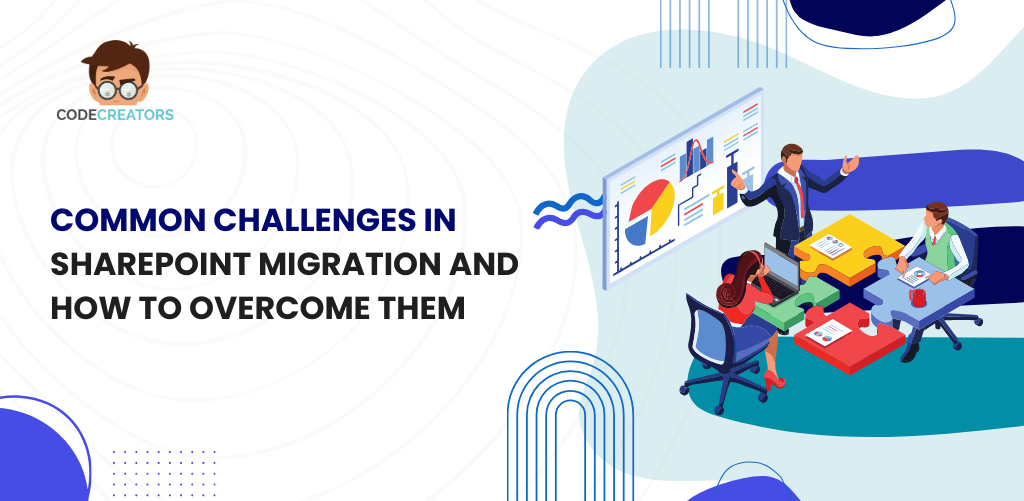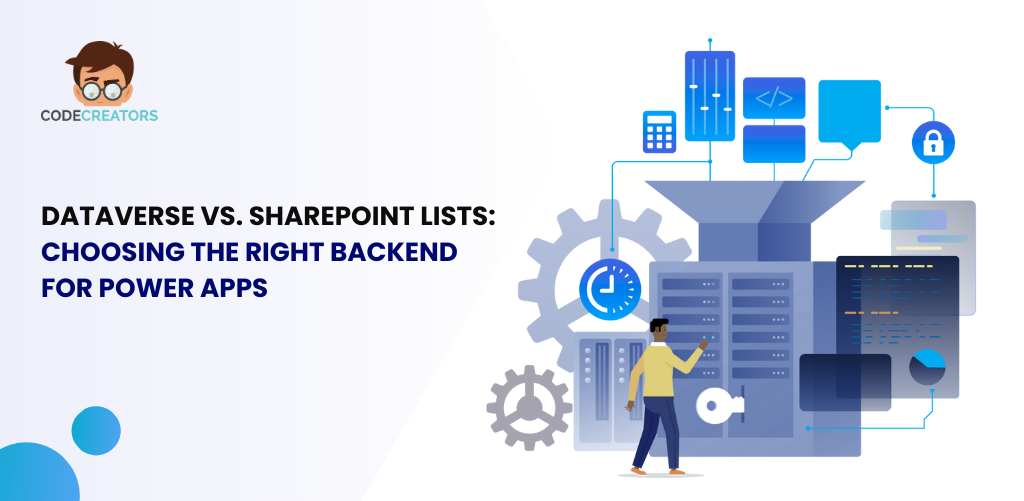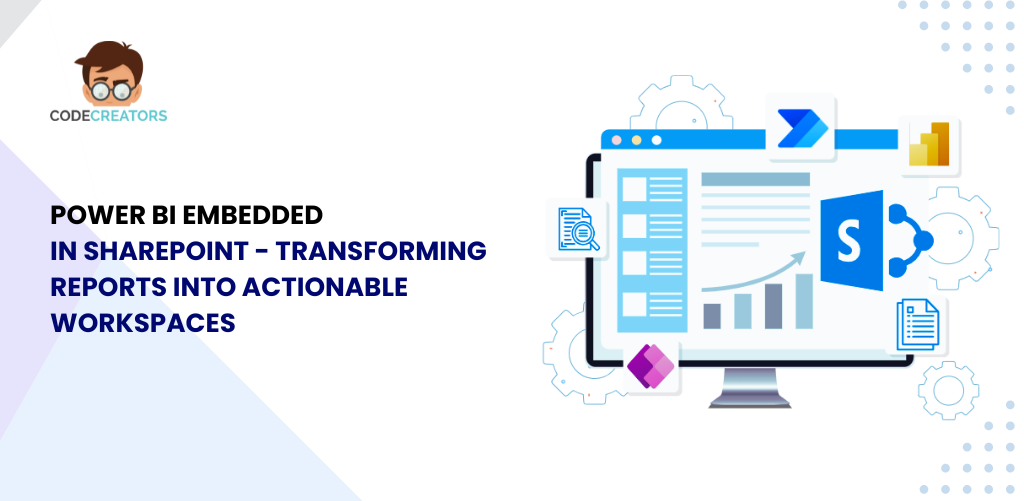Common Challenges in SharePoint Migration and How to Overcome Them

In this elaborate discussion, we will look at other things: not just the technical challenges, but also the human and operational themes that play a role in the SharePoint migration success. Whether it is dealing with large amounts of legacy data or getting users to embrace the new environment, every single one is important. Continue reading if you want to find out about the most common challenges and proactive measures that can lead to effective overcoming in the business.

1. Shortcomings in Planning
Challenges
Greatest pitfall is lack of proper planning. What has become common with most organizations is quickly plunging into migration without requisite understanding as to where currently rests their environment or where it is going with the migration. This slips into timelines in commotion and overlooked data dependencies and unaligned expectations.
Solution
1. Assess Current Environment
Audit the existing SharePoint environment with an eye toward cultivating that for migrations, including identifying core, data, workflows, and customization those would need to be migrated.
2. Define Objectives
These include objectives such as improving performance, upgrading to a newer SharePoint version, or going to the cloud for the move.
3. Migration Map
Relying on end timelines, human resource allocation preference, and a phased migration strategy, devise an approach to migration development.
2. Data Overload
Challenge
Migrations can literally be so much data that it causes tools to hang and the whole process stops flowing. Data transfer is done indiscriminately, such as transfer of old files, duplicate contents, etc., leading to the ‘confused’ SharePoint migration and added costs. This clutters the load and increases the storage use within the target environment, leading to inefficiencies. It can complicate post-migration organization, where files become harder to locate and therefore makes it difficult to work efficiently. Solution includes tight controls on data governance as well as pre-migration cleaning exercise to resolve this problem by assuring that only important and valuable data gets transferred. Automated data classification tools can further help fast tracking this process and saving time and resources.
Solution
1. Do Data Purge
Data Analysis before SharePoint migration sorts out ROT redundant obsolete and trivial things. Before the transit, deleting or archiving these data.
2. Prioritize Important Data
Complete the transfer of critical files and workflows for business continuity.
3. Automate Data Mapping
Use tools that integrate automated data classification and mapping for lesser involvement in making the easy task.
3. Customization and Workflows
Challenges
Custom-built solutions, third-party integrations, and complicated workflows are not compatible with new SharePoint environments. Such difficulties are more pronounced for the transition from on-premises setups to SharePoint Online.
Solutions
1. Compatibility Evaluation
Review customizations and workflows to see whether they will replicate or require redesigning in the new environment.
2. Advanced Migration Tools
Use tools like Metalogix Content Matrix; it supports custom workflows and configurations.
3. Consult Experts
Redesign workflow through a SharePoint consultant in the new environment.
4. Permissions and Security Issues
Challenges
Non-transferring permissions, user roles and access control are very tricky parts of SharePoint migration. The faults made in this transfer could lead to serious consequences regarding security breaches or access by unauthorized persons. Misconfigured permissions could expose sensitive business data making it prone to exploitation.
In addition to that, some users could lose access to important files, thus derailing productivity and workflows. Group-based permissions or custom roles add another layer of complexity to the transfer since the source and destination systems might have entirely different frameworks. This means that it would demand replication and testing of access controls for all those in the migrated environment. Proactive validation and strong tools are the best approach to keeping such risks at bay and a seamless transition.
Solution
1. Audit Permissions
Conduct a pre-migration audit for existing permissions and access controls.
2. Use Secure Tools
Use SharePoint migration tools that boast significant security features and certifications for security compliance to keep sensitive data protected.
3. Test Permissions Post-Migration
Permit users appropriate access to them in the new environment to enhance the accessibility of permissions.
5. Performance Bottlenecks
Challenge
Migration activities of exorbitant volume will fill in any voids left in the network resources and then create a performance bottleneck at both source and target environments. Such a load may slow down the execution of critical operations and could reflect poorly on the overall performance of the connected systems. Overburdened resources may also lead to failed or incomplete data transfers or interruptions of migrations. Seen above, increased latencies in the network make the SharePoint migration process extremely long and troublesome to IT teams. All such issues can be avoided by constant monitoring of resource utilization with the help of other techniques concerning the optimization of bandwidth. Other methods, such as scheduling the migration part during the time when the entire organization is sleeping or the use of throttling capabilities inherent in these tools, balance the load and avoid system overloading.
Solution
1. Timing Migration to Off-Peak Hours
This minimizes the disruption that would be experienced by doing the migration during non-work hours.
2. Optimizing the Bandwidth Throttling Usage by Tools
This ensures that the resource is not fully utilized at the time of migration.
3. Phased Migration
Implementation of small, manageable phases so that the system does not breakdown from massive migration at one time.
6. Adoption and Training of End-users
Challenge
After the migration, company users had difficulties adapting to the new hybrid SharePoint environment, which affected their productivity, and they started relating to changes as something punitive. This is usually a result of users not getting acquainted with new systems during inadequate training or poor communication in the migration process. For users, the new environment appears complicated and less intuitive than the earlier one. Organizations should consider that users engage in interactive training and adequate documentation because of that. Most importantly, taking feedback for adjustments can really benefit transition and adoption rates.
Solution
1. Communicate the Change
Communication with stakeholders about the migration process and benefits from possible common understanding.
2. Provide Training
Offering live training session and resource tools to familiarize users about the new setup.
3. Feedback for Improvement
User feedback is obtained in regards to their experience that helps modify or improve the system.
7. API Throttling and Storage Limitations
Challenges
API throttling has become one of the limitations in cloud operations, which rely completely on migration-to-migrate data. SharePoint Online, in addition, can impose limitations on storage, making it more difficult to transfer large datasets. These restrictions can greatly slow down the transfer process, which can create bottlenecks, especially for organizations dealing with extensive libraries or archives. These limitations can be worked out by monitoring API usage; planning incremental data transfers; and identifying space requirements beforehand, which will ensure enough space in capacity or against limits by the platforms.
Solution
1. Monitor API Utilization
Use migration tools to provide comprehensive logs of usage for API so that throttling can be avoided.
2. Storage
Do an assessment for needed storage and purchase if more volume is required.
3. Incremental Migration
Migrate on an incremental basis due to API compliance limits.
8. Loss of Metadata and Version History
Challenges
Migration would often lead to a certain amount of loss in metadata (author name, time of creation, etc.) and sometimes version history. It usually creates issues in terms of compliance.
Solution
1. Choose Tools with Metadata Capability
Migrate Metadata with such metadata as versioning tools for migration.
2. Testing for Integrity of Data
Post-migrations testing in order to assure that metadata as well as version history has remained intact.
9. Governance and Compliance Challenges
Challenge
Organizations in regulated industries have to be compliant to data protection laws when migrating. If not done, it will be a penalty as well as reputation destruction.
Solution
1. Know Compliance Requirements
Get familiar with appropriate regulations such as the GDPR or HIPAA.
2. Use compliance-specific tools
Migrate with tools that have built-in compliance features to effect secured data transfer.
3. Audit Environment After Migration
Conduct a compliance audit in the new environment to bridge existing gaps.
10. Flailing Test
Challenge
When tests are left out, or steps are cut off, some errors introduce themselves to operations after-the-fact migration. Those errors may come in the form of broken workflows, missing files, and misconfigured permissions, which can later lead to downtime and employee frustration. Hence, great testing should be done before, during, and after migration to identify and rectify a problem even before it transpires.
Solution
1. Pilot Migration
Do test at a smaller scale with a process of migration to assert testing problems.
2. Has it passed all checks
Test all functions to ensure all workflows with various permissions and integrations have appropriate results in handling the new environment.
3. Formulate Back-Up Plan
Create a plan in case something goes wrong.

Conclusion
Migrating SharePoint is indeed tough but very much beneficial. Because of data overload, customized workflows, permission issues, and user resistance, it is still complicated to manage, but these can be managed effectively through proper measures. Organizations can turn stumbling blocks into stepping stones by taking time for thorough planning, possibly adopting latest tools like ShareGate, AvePoint, and Metalogix, and considering both IT teams and end-users in the whole process.
Seamless migration guarantees continuity and enhances businesses’ workflow optimization, collaboration, and infrastructure improvement. Today, it will reassess existing processes to bring down redundant practices while embedding new features favorable to achieving organizational goals. Migration can also teach compliance and governance in readiness for sustained data safety and regulatory adherence after the event.
Seeing SharePoint migration as a singular activity is misleading for organizations; it should be an ongoing transformation project that drives innovation and effectiveness. After migration, it is equally essential to observe the behavior of the new environment, collect feedback, and optimize it for the best possible use of the platform. Under the right tools and structured approach, organizations ensure that their migration path is sealed and successful, with future promises of a much more agile and collaborative environment.
As the CTO at Code Creators, I drive technological innovation, spearhead strategic planning, and lead teams to create cutting-edge, customized solutions that empower clients and elevate business performance.



